In Agile software development, continuous and seamless build integration is a requisite criterion for a quality application. Unlike the traditional waterfall development approach, the Agile stipulates that a mature piece of code is developed and delivered at every iteration. This necessitated the practice of ongoing code integration at every iteration of software engineering, which has triggered the nascence of a number of popular tools in agile software development, in particular, those for continuous integration (CI), that help development teams merge their results.
We develop highly custom software solutions across all technologies and industries – receive a free consultation today
Continuous Integration (CI) Tools Used in Agile Software Development
Is it really that important to integrate code continuously if the development is already split into short iterations and errors can be revealed in a timely manner? Indeed, Agile teams must deliver ready pieces of code every cycle, so that they have no room for error. While developers are concentrated on building new features, errors and bugs can intrude the code and cause the software’s poor performance.
That is why there is a generally accepted practice that developers share their output with their peers by integrating it with a common repository several times a day. This rapid code merging reveals issues and aberrations before the end of an iteration so that timely steps can be taken to fix them. CI helps programming teams avoid stepping on one another’s code and prevent integration issues.
Many Agile development teams turn to CI solutions, as they not only automate code sharing and merging but also report if anything has gone wrong. This makes automated build tools in Agile tools indispensable in preventing a break of a ready build. Also, as these solutions minimize manual testing efforts, they are often considered test automation instruments, because they allow checking the code against a larger codebase.
The major advantage of CI tools is that they make a significant contribution to the software quality by the revealing of possible defects earlier for their timely elimination. The users derive the following benefits as well:
- A quick feedback loop
- Improved collaboration within a team
- Reduced risk of code regression
- Version control within the various patch and product releases
- Reduced delivery time
- The capability of roll-back if there are some issues with the current build version
Despite all these advantages, one should keep in mind that CI tool administration and maintenance come at a price. Also, issues related to testing automation may arise, as not all testers have the required skills.
Regardless that various continuous integration testing tools have their own specific features, all of them have a similar structure of embedded automation:
- Code checkup
- Executable file generation and compilation
- Unit testing
- Code deployment
- Integration testing
- Result reporting
Many companies wonder which continuous integration tools for agile software development are the best and why to opt for one instrument instead of another. Indeed, the choice depends heavily on a company’s requirements, available budget and technology stack. That is why continuous deployment tools comparison is a challenging task. However, we compiled the top five list of continuous integration tools of those that online source and social network users consider to be the best.
CircleCI
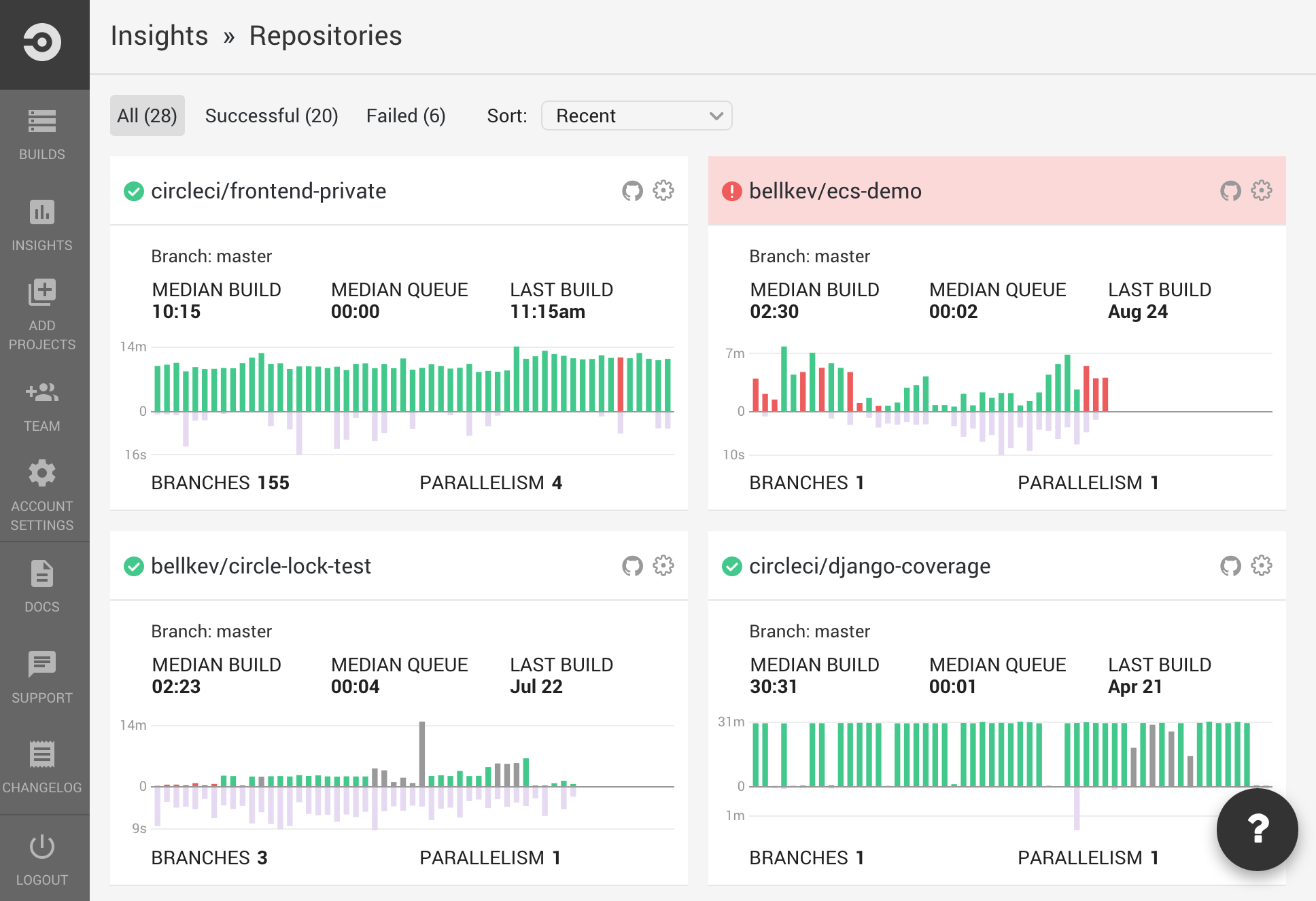
CircleCI is a free hosted tool for code integrating into both a self-hosted repository or into a shared one. It provides the testing of mobile apps (Android and iOS, cross-platform and native) and Rails apps and has the following technical characteristics:
- Integrates with GitHub web- service
- Supports Java, Python, Ruby/Rails, Haskell, Node.js, PHP and Skala languages
- Provides dependencies from Postgres to Docker
- Utilizes PhantomJS and Cucumber
The pricing model is “container”-based; that is, one container is free and allows building scores of projects on it. Adding another container requires payment, but a company can choose the needed parallelization level, from 1x to 16x.
Thousands of leading enterprises use CircleCI, as it ensures fast code delivery and allows their programmers to focus on their core competencies. Among the customers are Facebook, Shyp, Kickstarter and Spotify.
Read also: A Comprehensive Guide to Agile Testing
Codeship
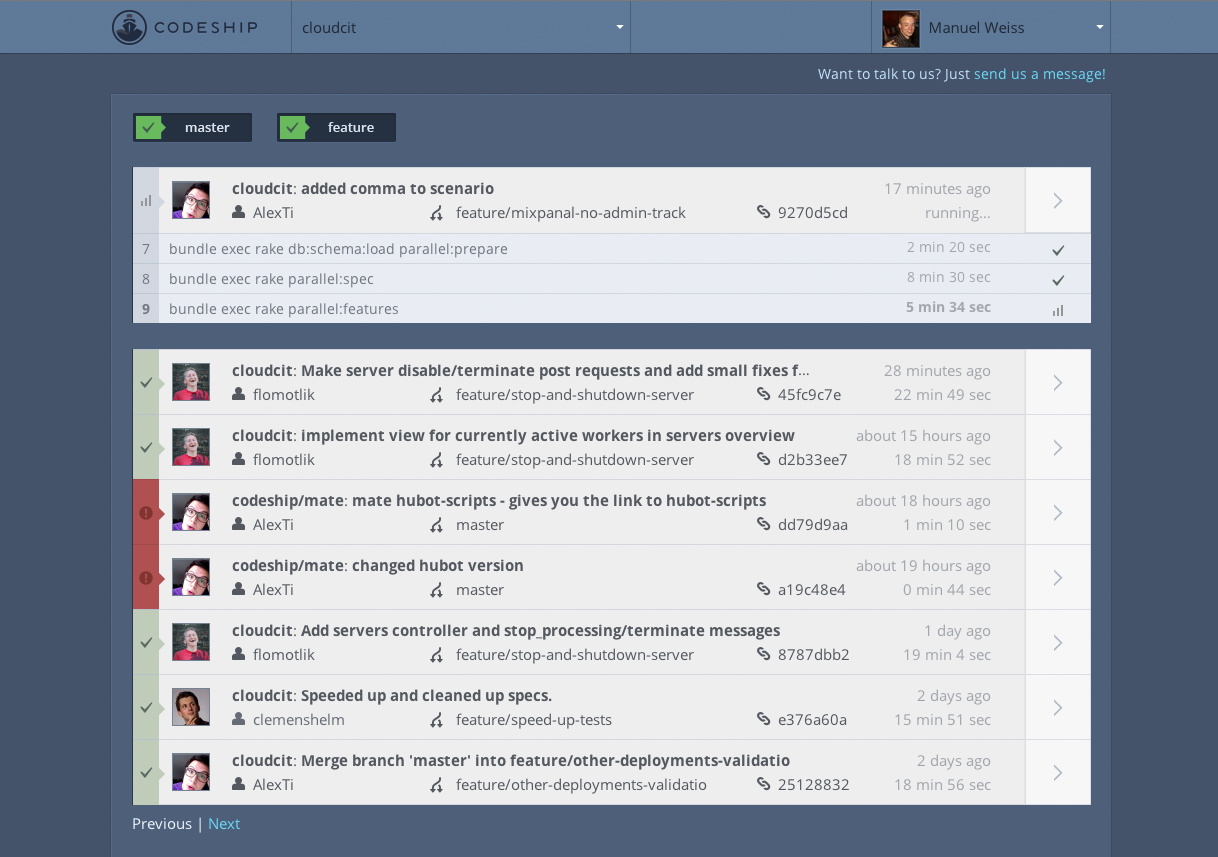
Another top-ranked integration solution, Codeship is a shareware that provides a free trial package narrowed to 5 projects and 100 builds per month and allows adding Docker on a fee basis. Also, a custom plan is available for companies that seek to fully adjust the tool to their requirements.
Codeship’s key features are that it:
- Integrates with Bitbucket and GitHub web-services
- Supports Python, Ruby/Rails, Java, PHP, Go and Node.js languages
- Can be deployed on Heroku and AWS platforms
- Allows for having more than one account per repository
In Codeship, the developers fixed the issues CircleCI had, so the repository owner can now preload environment variables into the system.
Read also: Best DevOps Automation Tools
Travis CI
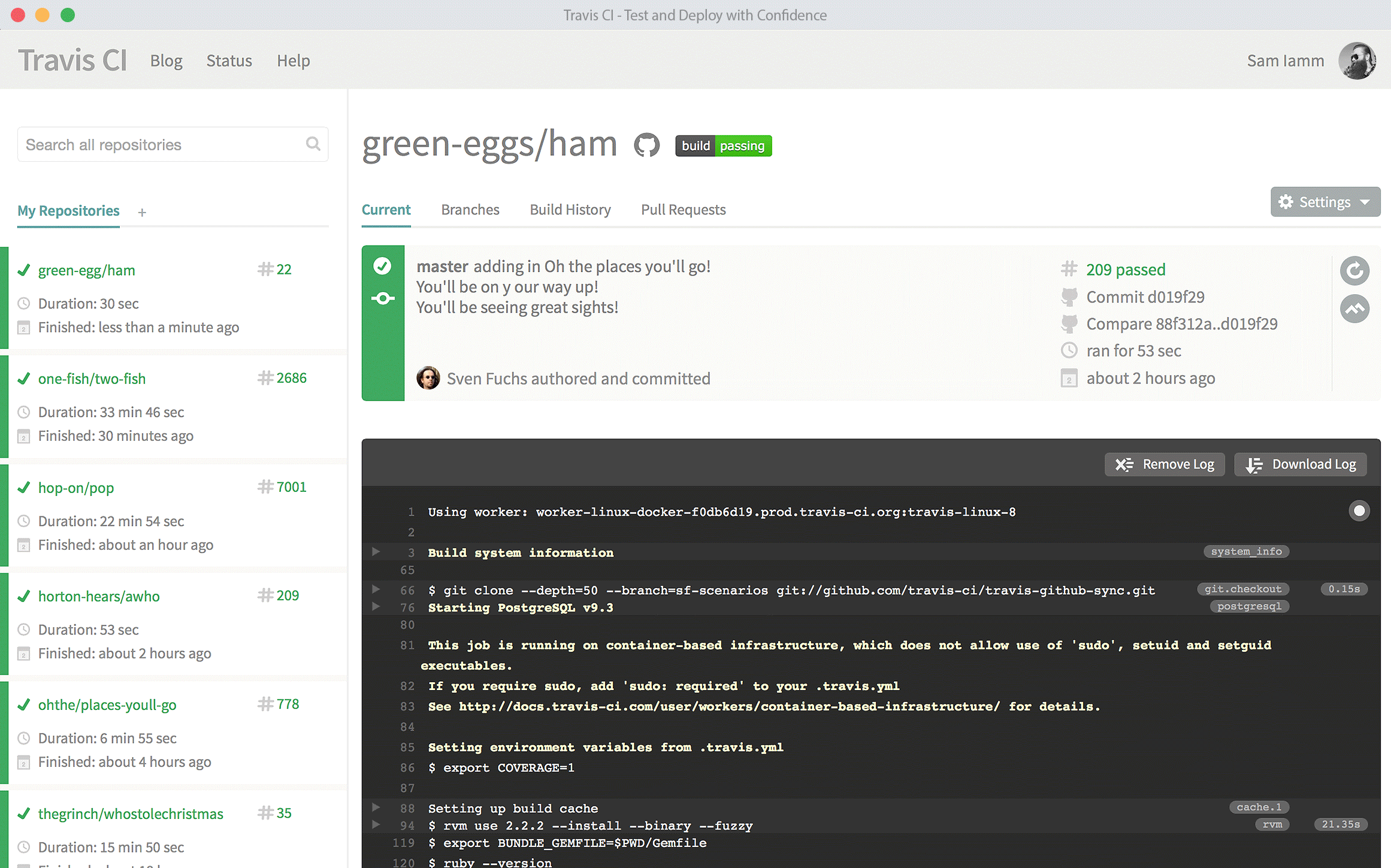
This open-source CI instrument is in strong demand, as it provides a unique combination of the following attributes:
- Cloud hosting
- Full support
- The free-of-charge basis for public repositories
The solution can be hosted on both companies’ own servers and on GitHub, the latter is free of charge. However, the range of companies that opt for Travis is limited to those that use public repositories, as it doesn’t support commercial ones.
Read also: Top 5 Software Development Tools
Jenkins
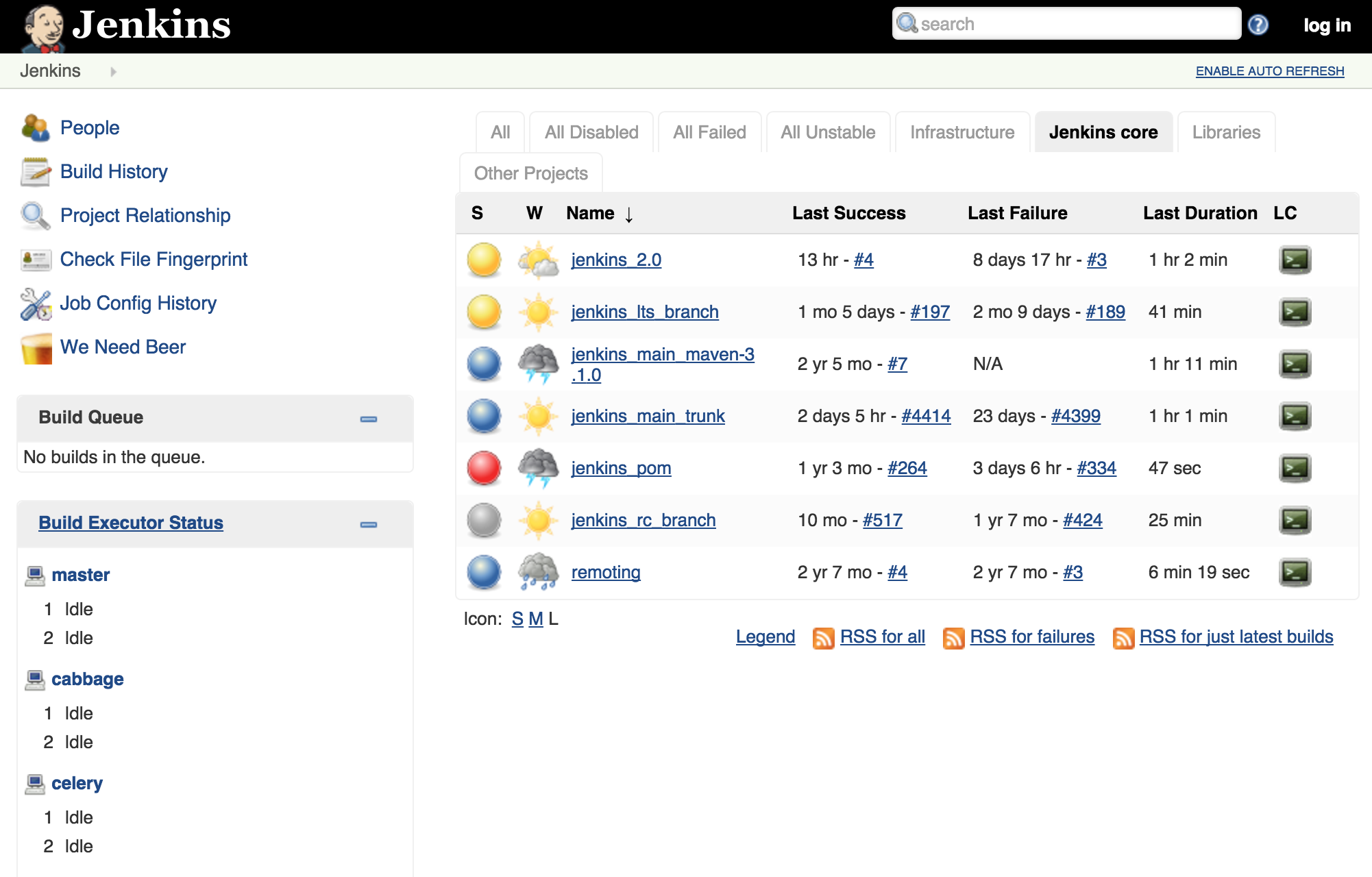
Jenkins is a cross-platform CI tool that was created after Oracle acquired Sun Microsystems. Now Jenkins is probably the most popular cross-platform solution because of its free-of-charge basis and high configurability and customization. It allows the extension of test features through multiple plugins, both via console commands and GUI interface. Also, Jenkins allows for developing custom plugins.
Besides the superior extensibility, the capability to distribute ready builds on several devices distinguishes this tool. Also, it supports a variety of tools for source code management, such as Git, ClearCase and more. In its performance, Jenkins focuses on continuous software development and testing and on the monitoring of external jobs.
However, on the minus side, Jenkins’ user interface is outdated. Also, the absence of performance issues on the server is required for Jenkins’ seamless maintenance.
TeamCity
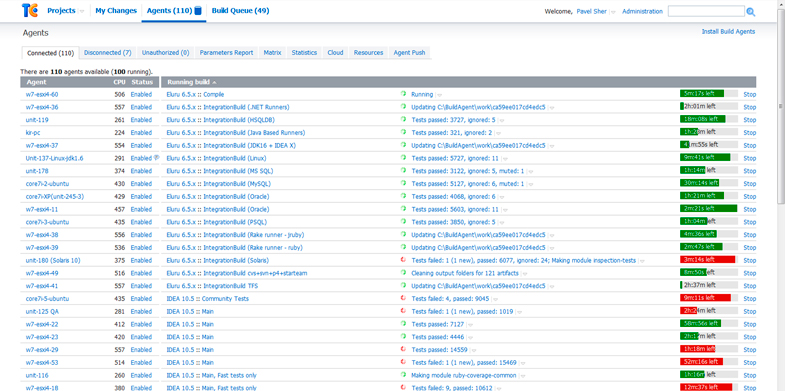
A servlet container-based continuous integration tool, TeamCity has evolved into a well-established CI server that provides all features in a free package. However, its free version is narrowed to three build agents and 20 configurations, while additional ones are fee-based. For the solution’s feature extension, a company may purchase multiple open-source plugins.
TeamCity’s out-of-the-box version supports a variety of frameworks and tools and an especially large number of .NET features. This makes Java-based TeamCity the top choice for .NET projects.
We’ve been developing custom software solutions for SMBs and enterprises for over 30 years
Continuous Integration Tool Number One
Naturally, the number of continuous integration tools is not limited to these five solutions. While the choice of an instrument generally depends on available resources and business requirements, a company should first decide on a hosted or a cross-platform one. The majority of programming teams turn to hosted tools as they allow focusing on software development and testing instead of maintaining the infrastructure that supports it. At the same time, locally installed CI tools provide full control over the IT infrastructure and higher security to key environmental variables.



























 5 Reasons Why Your Business Needs a Mobile eCommerce Application
5 Reasons Why Your Business Needs a Mobile eCommerce Application Using Salesforce to Improve Your Sales Pipeline: Five Tips
Using Salesforce to Improve Your Sales Pipeline: Five Tips Cross-Platform Mobile Development: Five Best Frameworks
Cross-Platform Mobile Development: Five Best Frameworks How to Develop Custom Accounting Software
How to Develop Custom Accounting Software 10 Best Web Development Frameworks in 2024
10 Best Web Development Frameworks in 2024



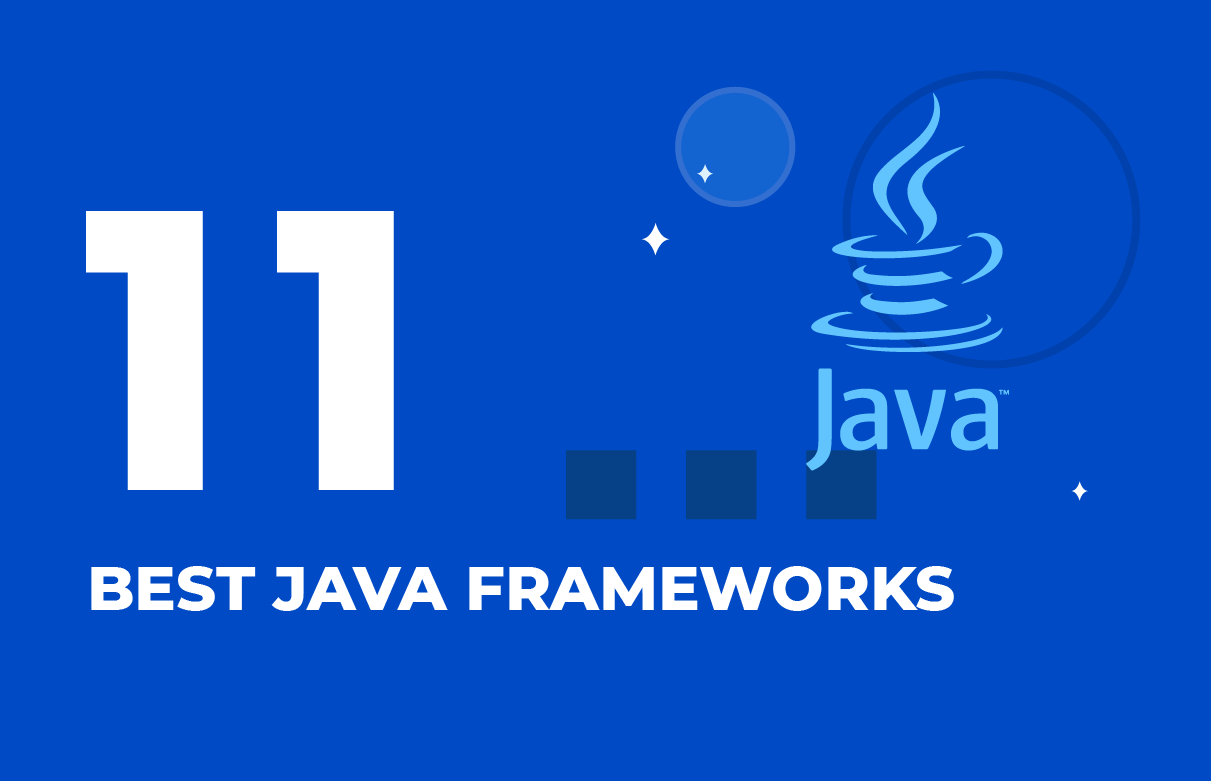








 Top 30 Ecommerce Tools to Elevate Your Business in 2024
Top 30 Ecommerce Tools to Elevate Your Business in 2024 5 Best Tools to Improve Embedded Software Testing
5 Best Tools to Improve Embedded Software Testing Why React and Node.js Are the Top Technologies for Creating High-Performance Web Apps in 2024
Why React and Node.js Are the Top Technologies for Creating High-Performance Web Apps in 2024 10 Best IoT Platforms for 2024
10 Best IoT Platforms for 2024
I am genuinely thankful to the owner of this site who has shared this fantastic piece of writing at this time.
I’ve been using Jenkins for a while, ever since it became popular a few years ago. I like how it has a lot of different plugins that can be used for extending different types of test features. Also how it supports more than just one source code management platform.
Decent overview of some of the more popular options for CI. Would be great to have a more in-depth list that goes into cross-platform versus hosted/cloud, etc. Each has their benefits, it really depends on the use case though.
If there could be a beginner tutorial posted on Travis CI that would be great. Specifically, an overview covering the builds, phases, and jobs would be useful. It seems like an excellent product, just need to get the basics down first.
One of the development teams I work on uses CircleCI almost exclusively for all of their mobile-related CI functions. Their pricing model is one of the top reasons we like it (the “container-based” pricing system).
Being able to refine and improve the development team’s communication, which leads to a more optimized collaboration experience, is a lot easier when you’re using the proper CI tools. This obviously leads to a higher quality development process. Great info in this blog!
Hey,
Thanks for putting together this post on Five Best Continuous Integration Tools for Agile Software Development.It is a great read. I particularly find your thoughts about Continuous Integration Tools interesting.
Keep up these insightful posts.
Cheers!
Merci pour la pureté des dire mentionnés ici : on est autorisé à tout de suite s’interviewer sur la sincère signification des arguments que vous-même accusez ici.
Wow, marvelous blog layout! How long have you been running a blog for? you make blogging look easy. The full look of your website is excellent, as smartly the content!
Hello, i think that i noticed you visited my weblog so i came to return the choose?.I am attempting to to find issues to improve my web site!I suppose its good enough to make use of a few of your ideas!!
Wow, that’s what I was exploring for, what a stuff! existing here at this website, thanks admin of this site.
Useful information. Lucky me I discovered your site by chance, and I am stunned why this twist of fate didn’t came about in advance! I bookmarked it.
An intriguing discussion is definitely worth comment. I do think that you ought to write more about this subject, it may not be a taboo subject but usually people don’t talk about such issues. To the next! All the best!!